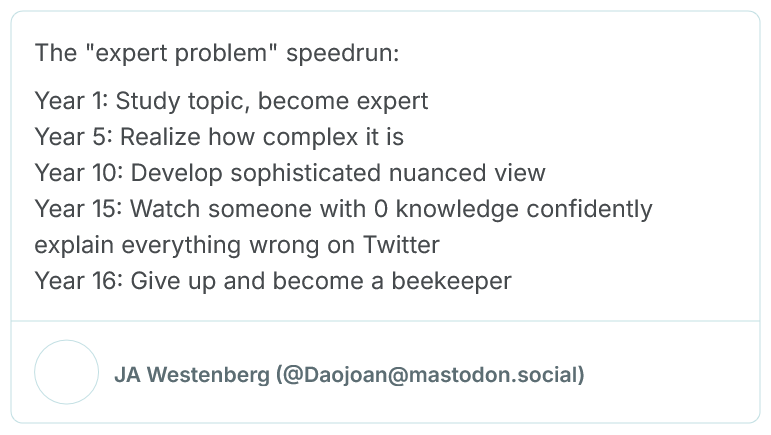Having a challenge with converting the EndNote citations to plaintext. I’m using Mac and Office 365.
This is a masters thesis, so there are about ~800 citations throughout a ~200 page document that I have been working on for years. When I click “Tools” > “Convert to Plain Text”, Word gives me a pop-up box telling me that it will create a new document. I click “Yes” and it creates a new document.
At this point, it almost immediately gets stuck on “Converting Citations to Plain Text” (see attached). I’ve gone back through the “Edit & Manage Citations” function and cleaned up some rogue cites that had crept in over the years, but that hasn’t helped.
A couple of things I’m wondering:
- Given the high number of citations, do I just need to let it run for a few hours?
- At some point, some of the citations have been embedded in the “Travelling Library” rather than my regular EndNote library. Is that going to be an issue?
- Any issues with Chinese characters?
Appreciate any pointers!


![[RAMAGE] – Web3 et métavers sur la voie de la maturité ? [RAMAGE] – Web3 et métavers sur la voie de la maturité ?](https://christianbuehlmann.com/wp-content/uploads/2023/04/out-2023-04-17v2.png)

![[RAMAGE] – ChatGPT : notre guide pour créer les meilleurs prompts [RAMAGE] – ChatGPT : notre guide pour créer les meilleurs prompts](https://christianbuehlmann.com/wp-content/uploads/2023/04/out-2023-04-16-v5.png)